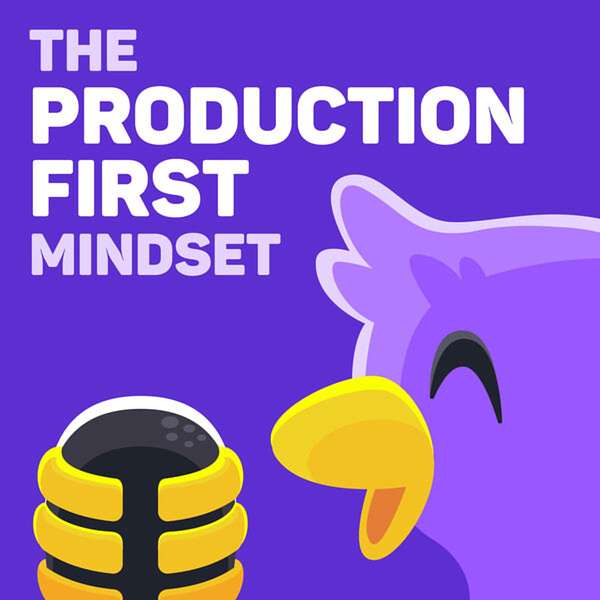
The Production-First Mindset
Learn how the top brands wow customers through production-first engineering. On this podcast you will find the tactics, methodologies, and metrics used to drive customer value by the engineering leaders actually doing it. Join Rookout CTO, Liran Haimovitch as he explores how customer-centric brands approach engineering to create a competitive advantage; with interviews covering topics such as automation, issue resolution, team structure, DevOps, and more.
The Production-First Mindset
Deepchecks's Shir Chorev - Where The Machine Learning Part Comes In
•
Liran Haimovitch
•
Episode 40
Rookout CTO Liran Haimovitch sits down with Shir Chorev, CTO at Deepchecks. They discuss what machine learning means to her, why we’re far away from aliens taking over the world, how machine learning is different from traditional engineering, and where automated tests shine in machine learning.
Rookout is a developer-first observability platform that provides an unparalleled ability to collect
Disclaimer: This post contains affiliate links. If you make a purchase, I may receive a commission at no extra cost to you.
.jpg)